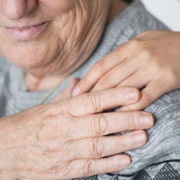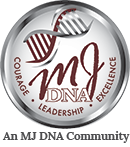How Technology Helps in Nursing Homes and Assisted Living Facilities
Nursing homes and assisted living facilities to benefit from technological innovations to aid in the care and management of records for patients. Here are just a few of the notable contributions of technology to health care.
IT Systems
Generally, information technology will be able to address the challenges in-home health care, including the large geographic distances, making resources more costly for rural patients. Such would include advances in social networking tools, telecommunication, and Web solutions to support health care delivery and education.
Information technology can be introduced in nursing homes in a variety of ways including the following functions.
Active monitoring and management
- Home-based disease management through telehealth applications
- Web-based communities for patients in-home care
- Personal health care records
Passive monitoring and management
- Smart homes
- Robotic applications
Tele-Health Applications
This type of technology offers a platform for supporting disease management for patients in nursing homes diagnosed with chronic conditions as well as their families.
Web-Based Communities
The Internet also supports a consumer-centric model and enables the creation of networks for the community, home care patients diagnosed with the same condition, families or other informal caregivers, and the public in general.
That is, in addition to the Web-based applications focused on the institution-centric approach and connect home care patients to health care providers. These networks are referred to as virtual communities that share the same goal, interest, needs, or activity.
Personal Health Records
This is defined as the electronic record of health-related information of an individual that conforms to the recognized interoperability standards of the country. A personal health record is a tool used for sharing health information, helping transform patients into better-educated health care consumers, and increasing health understanding.
Smart Homes
A house equipped with technology as an integral part of the infrastructure is considered a smart home intended to facilitate the monitoring of residents and increasing the quality of life. This technology does not require operation or training by the resident, but standalone units are used to be controlled by the end-user.
The advancement of technology has prompted the development of smart home applications around the world. One example is the development of Smart Medical Home, a highly controlled environment that involves biosensors, infrared sensors, and video cameras.
Robotic Applications
It is a method that employs artificial intelligence principles, and sometimes, with anthropomorphic features used in the clinical setting, mostly in experimental mode surgery, and robotic-assisted laparoscopic pyeloplasty, and cystectomy.
One of the applications considered is the robotic dog, which is used as part of animal-assisted therapy in treating loneliness. Another example is the therapeutic robotic harp seal designed to create a calming sensation.
Final Thoughts
There are clear advantages to integrating IT in nursing homes or home care facilities. Such would include easy and efficient communication amid the geographic distance. Moreover, it enables the generation of new types of data without the need for health care providers to be physically present in the residential setting.
Fallbrook Assisted Living is proud to offer its services to Fremont, NE, and surrounding areas and cities: Arlington, Cedar Bluffs, Ames Nickerson, Fontanelle, Arlington, Leshara, Colon, and Hooper



